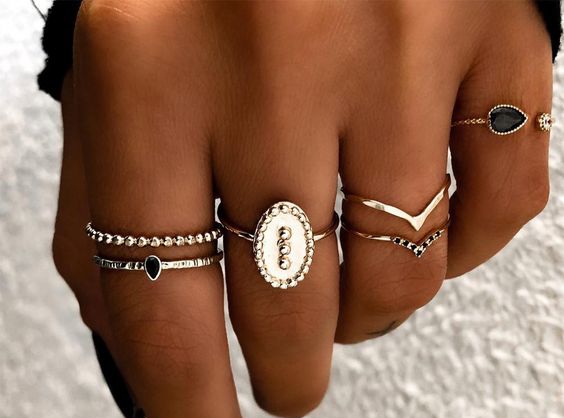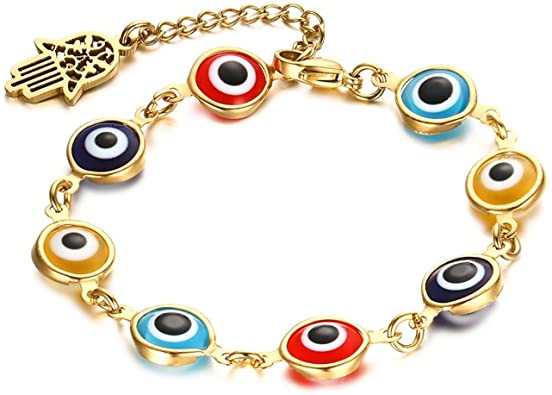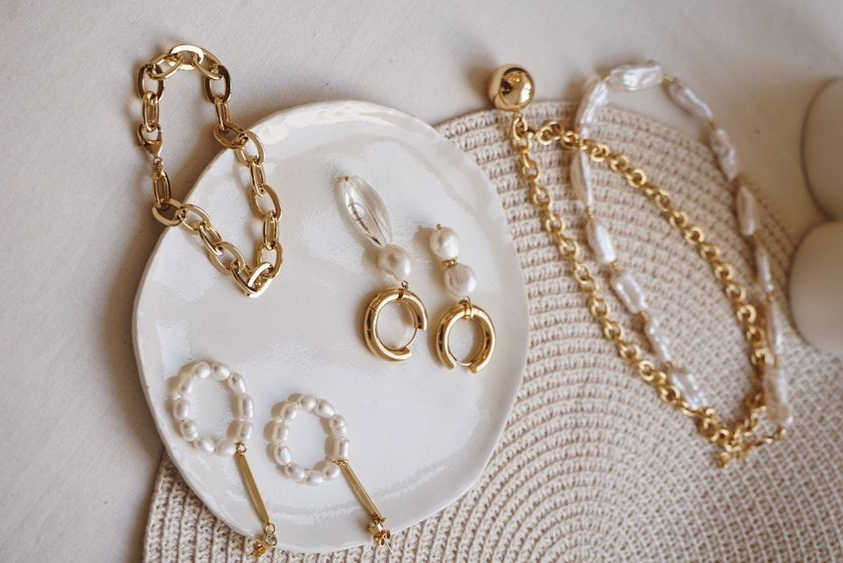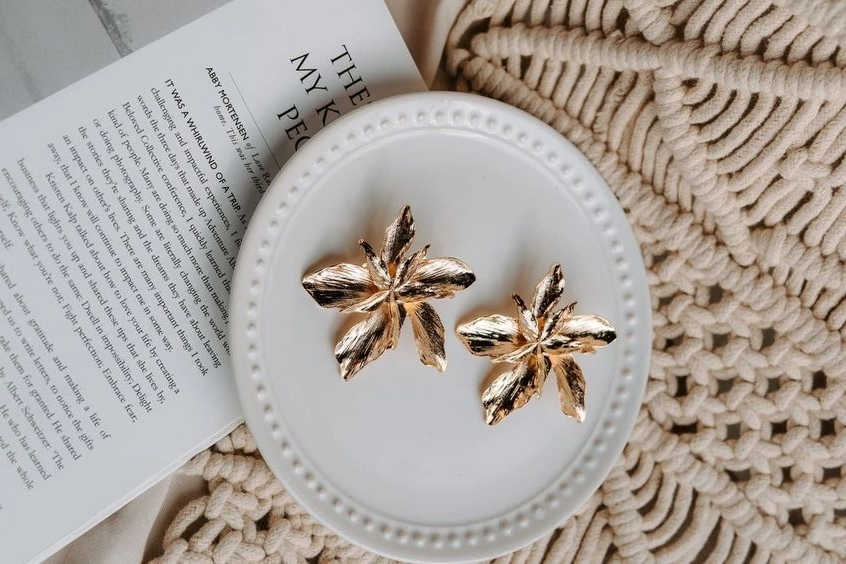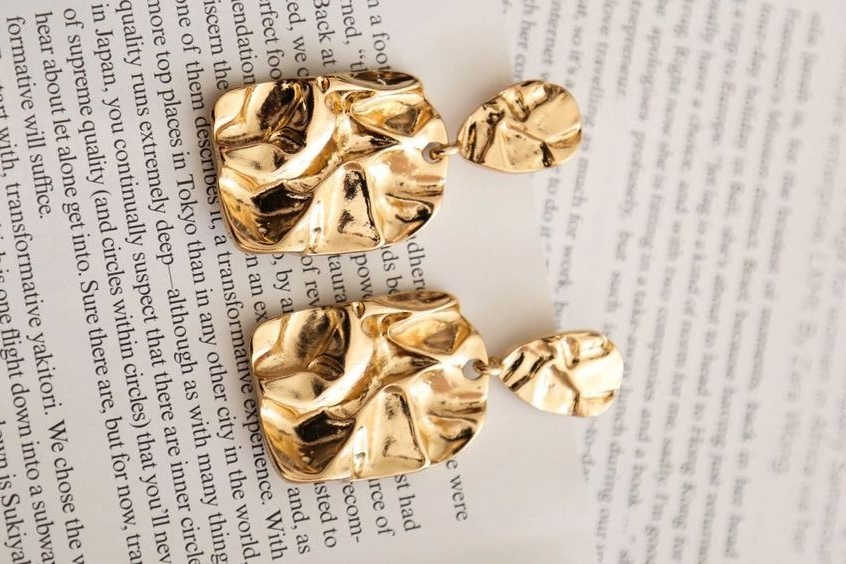What does alloy mean in jewelry?
An alloy is a base metal that gets precious metal added to it to improve its overall properties. Essentially, the alloy is malleable, meaning it can get bent into different shapes, and with the precious metal, the alloy then attracts corrosion, rust, or tarnish resistance.
With the base metal being part of the precious metal, it also gains hardness, flexibility, resistance, corrosion, magnetizability, and elasticity.
The purpose of making an alloy is to give it a wide range of properties that the individual metals otherwise wouldn’t have.
The combination of these two types of metal elements now brings us to the gold and the silver we see getting used in jewelry. Pure gold or silver is too delicate for jewelry making and is better left for trading and investments.
The gold and silver that you see making jewelry are alloyed as they have the added properties that we’ve mentioned.
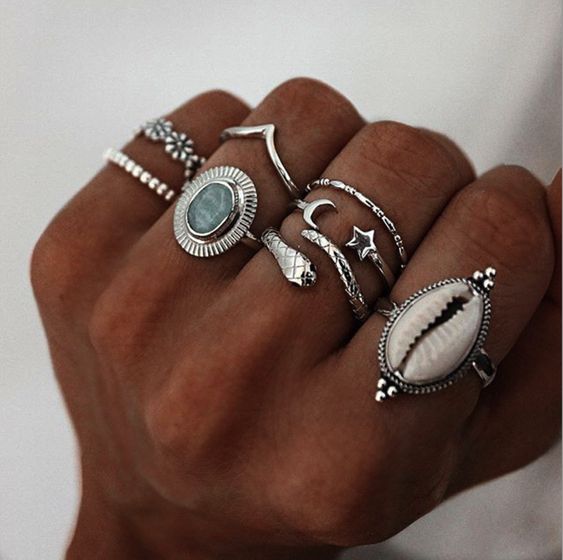
That makes it easier to make a wide range of jewelry, more than one otherwise would when using base metals and precious metals separately.
Thus, in jewelry, an alloy refers to any metal that’s not pure.
What does tarnish mean?
This is thin layer corrosion that forms when metals like copper react with the air. This layer forms over the jewel surfaces because of the chemical reactions.
It looks dull; thus, it removes the shine and luster. It’s going to develop a gray or black film, thus creating a coating.
Basically, the term tarnishing is about the layer that causes the loss of shine and brightness. Nonetheless, they may sometimes corrode or rust too.
The one thing that makes anyone like any jewels is that they are shiny and bright-looking. But when it tarnishes, then it loses its shine.
Does alloy tarnish?
The question of whether an alloy will tarnish is dependent on the kind of alloy it is. Tarnishing occurs when there is a chemical reaction over the outermost layer, often resulting in corrosion.
The outcome tends to be a dulling of metal or the formation of a gray or black coating.
If you made the alloys with metals that in their pure form, don’t tarnish, then it won’t tarnish. However, the most common alloys include the use of copper, nickel, lead is all elements that are common for causing the tarnish. Expect the corrosion too to occur if you have such metals.
Does alloy jewelry fade?
Gold alloys, vermeil, and gold-plated jewelry, however, can potentially begin to tarnish during normal use. Depending on the other metals used to strengthen or color your gold jewelry – like copper, zinc, silver, and nickel – you may find discoloration on the item itself or on your skin over time.
Does alloy last long?
Zinc alloy is one of the most common metals that’s used to make jewelry. … However, zinc alloy jewels are cheap, which is why they are common in the market. Nonetheless, they will last longer if you store them and care for them. Since it contains different metals, you can be sure it can corrode if you don’t keep it well.
Does Gold Tarnish?
Under normal circumstances, no. If you’re a chemist, a swimmer, or a bleach aficionado, maybe. “Gold is one of the noblest—that is, least chemically reactive—of the transition elements,” Encyclopedia Britannica states. “It is not attacked by oxygen or sulfur, although it will react readily with halogens or with solutions containing or generating chlorine.”
Gold alloys, vermeil, and gold-plated jewelry, however, can potentially begin to tarnish during normal use. Depending on the other metals used to strengthen or color your gold jewelry – like copper, zinc, silver, and nickel – you may find discoloration on the item itself or on your skin over time.
How To Clean And Prevent Gold From Tarnishing?
If you’ve opted for jewelry with a lower gold content for color, strength, or affordability, you’ll want to take a few precautions to keep it looking great. While pure gold is not as reactive to environmental factors as some materials, the other metals in an alloy may still cause your piece to tarnish.
We recommend taking off your gold jewelry when showering, washing dishes, swimming, and exercising. Keep it safe from cleaners that contain chlorine bleach, and always apply your jewelry as the last step when getting ready (cosmetics and lotions can speed up the tarnish process).
Learning how to clean tarnished gold is all about reading those labels. If you are considering a commercial gold cleaner, make sure that it is specifically formulated for all of the metals (and gemstones) in your jewelry. When in doubt, use a soft toothbrush, mild soap, and warm water to bring back your gold’s shine.
Does Rose Gold Tarnish?
Yes. Because rose gold is alloyed with several other metals (including climate-sensitive copper), it can become discolored over time.
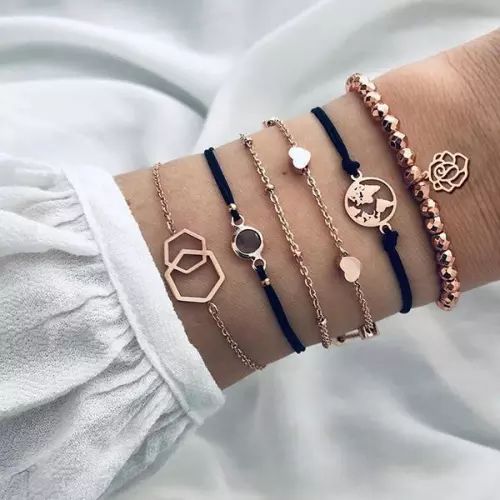
How To Clean And Prevent Rose Gold From Tarnishing?
If your rose gold jewelry has become tarnished, clean it with mild dish soap, warm water, and a toothbrush. If you’re considering a commercial jewelry cleaner, make sure you avoid abrasive polishes and try to find a brand that is specifically formulated for rose gold.
You can keep your jewelry sparkling longer in between cleanings by wiping it down with a microfiber cloth or cotton ball after each wear to prevent the buildup of dirt, lotion, and skin oils. Some people store their collections in special tarnish-resistant bags or add silica gel packets (the kind you might find in a shoebox) to their jewelry boxes to protect oxidation-prone metals from excess moisture.
Does Silver Tarnish?
Yes. Pure silver is not reactive to oxygen or water under normal conditions. According to Wikipedia, however, “It is attacked by common components of atmospheric pollution: silver sulfide slowly appears as a black tarnish during exposure to airborne compounds of sulfur.” These byproducts of burning fossil fuels can cause silver to turn dark. And exposure to oxygen, salt, and moisture can cause a discoloration in 925 sterling silver, which is 7.5% copper.
How To Clean And Prevent Silver From Tarnishing?
The simplest way to remove tarnish from silver jewelry and keep it looking bright is to wear it often. A piece sitting in your jewelry box for 6 months is more likely to tarnish than one that gets polished gradually by everyday wear. Collectors of vintage silver jewelry actually prefer to keep the dark patina (sterling silver tarnish) in areas of relief for an antiqued look, and do not believe in polishing silver pieces.
If you prefer shiny silver to the vintage look, a double-sided silver polishing cloth can quickly bring it back to its original brightness. We don’t recommend using chemical dips or abrasive polish on your sterling silver jewelry. Wiping down your jewelry after each wear, and making sure it’s fully dry before storing it is a great way to maintain the shine between deep cleanings.
For more at-home hacks, check out our guide on how to remove tarnish from silver.
Moisture, pollution, and oxygen in the air are all factors in how quickly sterling silver becomes tarnished.
Does brass tarnish?
From the brass composition, you can quickly tell that it will naturally tarnish if you expose it to oxygen. Brass is an alloy of copper and zinc, and remember copper will cause tarnishing when it oxidizes to form copper oxide.
It may be surprising for you, but there are a few people who like the patina that forms over the brass. Nonetheless, the shine will be gone. Thus, if you want the shine and luster, you can easily clean it to get rid of the tarnish.
Brass is one of the base metals that most brands just use the plating method to make a shiny and expensive-looking jewel.
Does copper tarnish?
Remember, copper is one of the most common metals people use for different things in their houses, but people also use them for jewelry. Often we mix copper into other metals to make an alloy or just have it as a base material. You then have other stuff to cover the base material.
Copper is very reactive, especially in the presence of oxygen. It will quickly oxidize, and it turns black, but in the presence of water, then the copper will turn green. Worry not though like other jewels you can simply wipe out this tarnish and then polish the jewels.
Does titanium tarnish?
While titanium is tough, durable, and rust and corrosion resistant in harsh conditions, it is still susceptible to tarnishing and requires regular, though little cleaning and maintenance. Titanium is a metal that is easy to maintain, mainly in part because of its unique titanium oxide barrier.
Does platinum tarnish?
Platinum does not fade, tarnish, or turn color. However, with age, it does take on a patina and shows slight scratches.
Does vermeil tarnish?
While gold vermeil can tarnish because the base layer is Sterling silver and gold tarnishes over time so it can easily be polished away. Typically, gold vermeil will not tarnish much because it has such a thick layer of gold over it. It is the best option for those who don’t want to spend big money on solid gold.
Does aluminum tarnish?
While aluminum doesn’t rust, it often becomes dull from corrosion and is often encrusted with brake dust, calcium, lime, tarnish, grease, oil, and hard water stains. Simply washing it off will not work, you need something stronger and more effective to do the job.
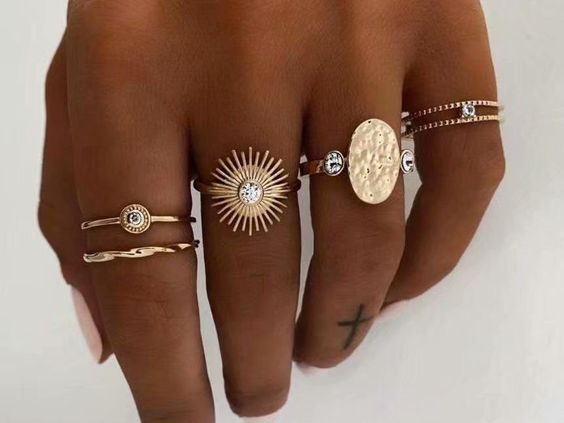
Does zinc alloy tarnish?
Like most metals, zinc alloy can tarnish and discolor. To help prevent tarnish, it’s best to avoid moist or wet conditions, and when not in use, store in an airtight container (a silica gel sachet can help by absorbing any moisture in the container).
Does pewter tarnish?
Pewter does not tarnish like silver, so a periodic clean with an all-purpose metal (not silver) polish will keep it looking bright. Much old pewter is patinated and has a color ranging from mellow silver to charcoal grey, a more ‘antique’ appearance favored by many collectors, especially in Britain and Europe.
Pros and cons of alloy jewelry
Pros of alloy jewelry
- Alloys are used everywhere in the jewelry making industry
- They are stronger than their non-alloyed counterparts
- Creating endless jewelry designs becomes easier
- Most alloys are found in abundance
- Some alloys are cheap, and thus making inexpensive jewelry is easy
- Some alloys are hypoallergenic
Cons of alloy jewelry
- Tends to cause skin allergies
- Over time the color will change
- It may tarnish, depending on the alloy
How do you keep alloys from tarnishing?
- Keep jewelry dry. Moisture is the main factor that speeds up the tarnishing process.
- Store different types of jewelry separately. Make sure the jewelry is not touching inside the jewelry box.
- Lower the relative humidity of a room if you keep your jewelry out in the open and notice that it tarnishes quickly.
Ten articles before and after
Who Should Not Wear Tiger Eye Stone?
WHEN CAN I CHANGE MY NOSE PIERCING?
How Long Does It Take A Nose Piercing To Close
WHICH EARRING IS THE GAY SIDE?
HOW MUCH DO NIPPLE PIERCING COST
Rhodium Plated Sterling Silver
